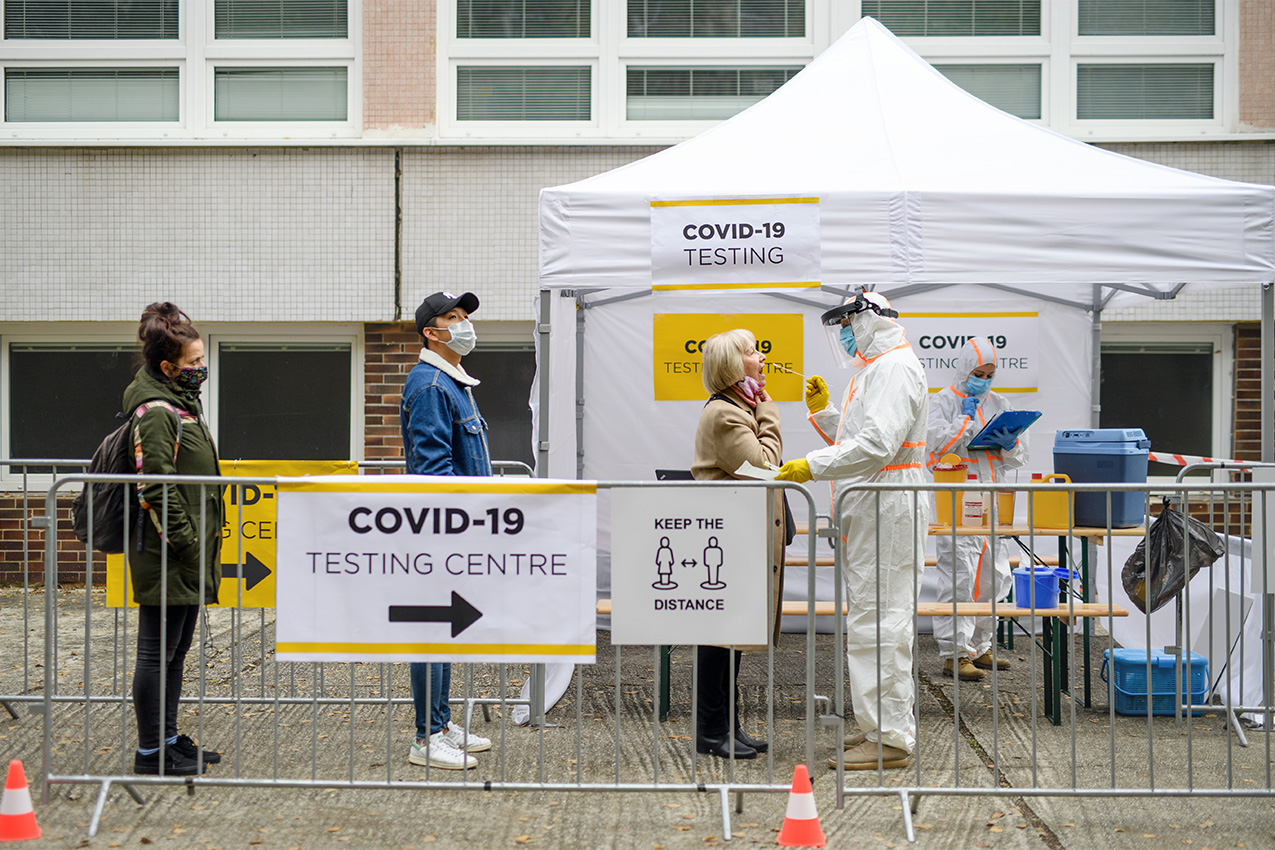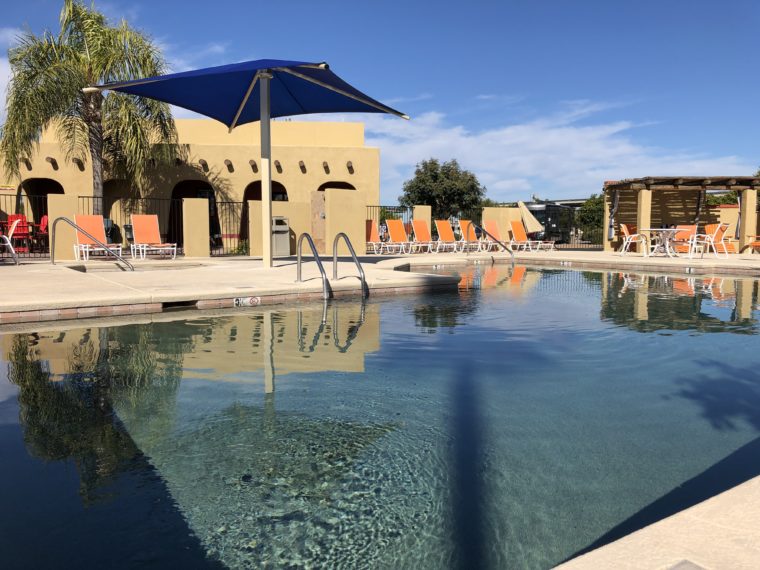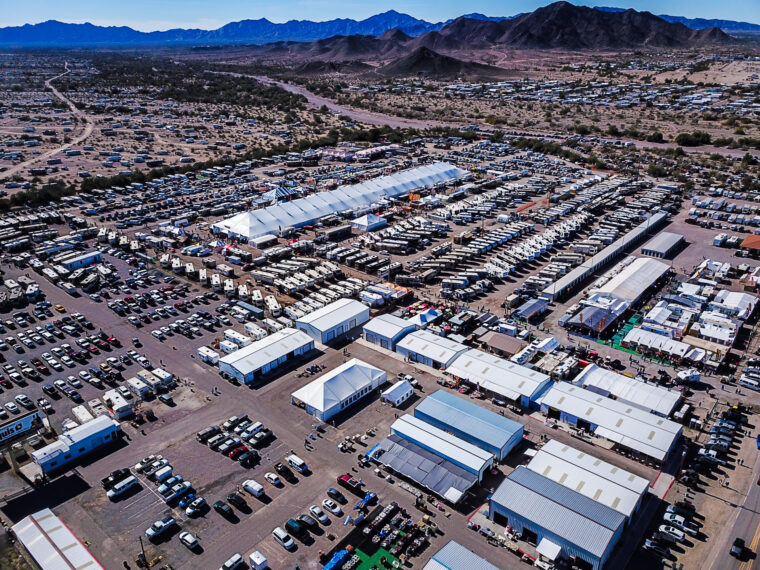Snowbirds, rejoice—the U.S. is opening its land borders with Canada and Mexico, allowing nonessential land-based travel into the country for the first time since March 2020.
“In alignment with the new international air travel system that will be implemented in November, we will begin allowing travelers from Mexico and Canada who are fully vaccinated for COVID-19 to enter the United States for nonessential purposes, including to visit friends and family or for tourism, via land and ferry border crossings,” said Department of Homeland Security Secretary Alejandro N. Mayorkas.
Before you ready your RV for a winter spent in a mild-climate part of the U.S., there are some rules and regulations that you’ll need to know. While we’re still waiting on some details, here’s what Canadian and Mexican travelers should know at this point.

Photo by: oksana.perkins / Shutterstock.com
Border Opening Date
The borders between Canada and the U.S. and between Mexico and the U.S. open on November 8, 2021.
For clarity’s sake, it’s important to note that nonessential travel has been open to U.S. citizens traveling to Canada and Mexico for some time. The new opening will now allow Canadian and Mexican citizens to travel to the U.S. for nonessential purposes.
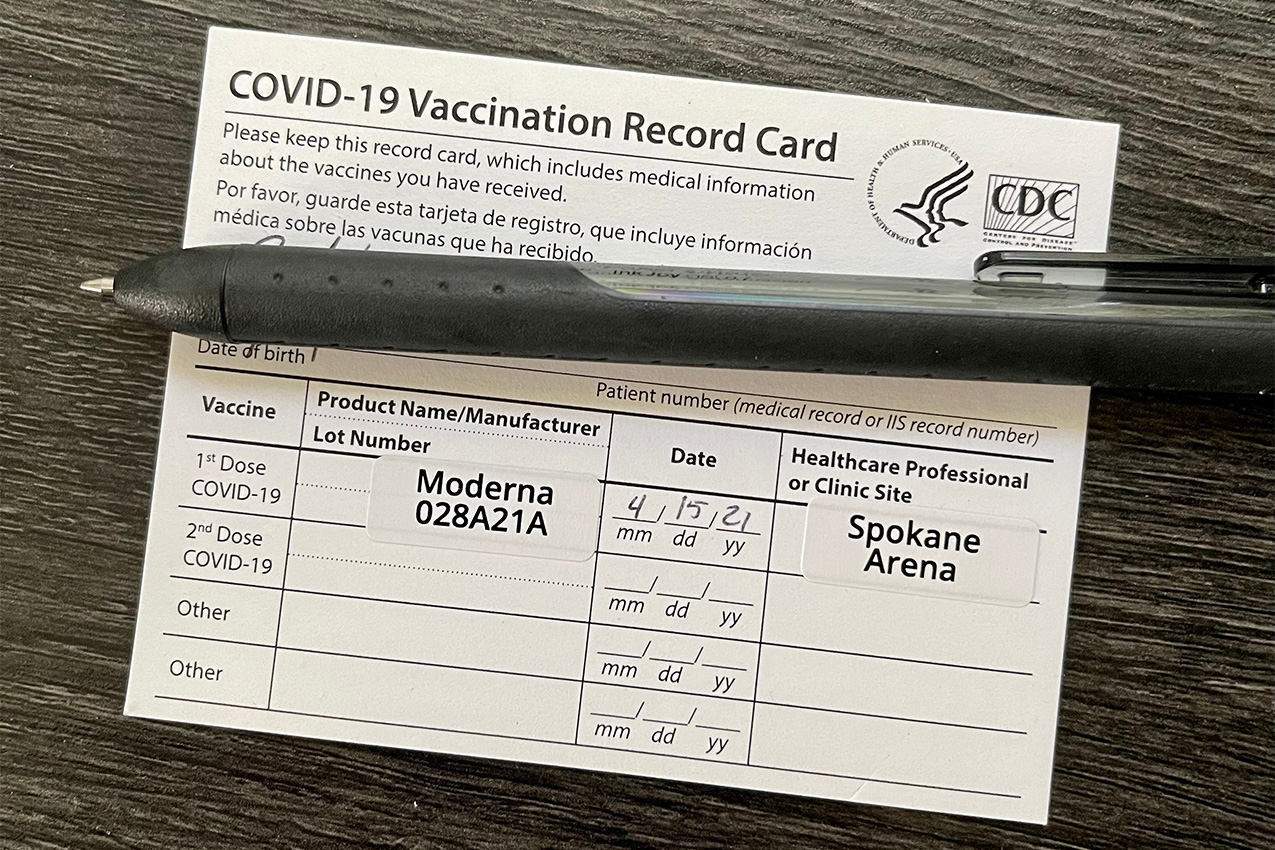
Photo by: Lori Butcher / Shutterstock.com
Vaccinations Are Required
When entering the U.S. as an international traveler from Canada or Mexico via a land border for nonessential purposes, you’ll be required to show proof of vaccination for COVID-19.
“The White House announced that vaccines will be required for international travelers coming into the United States,” reports the Center for Disease Control and Prevention (CDC). “For purposes of entry into the United States, vaccines accepted will include FDA approved or authorized and WHO Emergency Use Listing vaccines.”
Travelers are considered fully vaccinated 2 weeks after their second shot of a two-dose vaccine or 2 weeks after administration of a single-shot vaccine. Approved vaccines include Johnson & Johnson, Moderna, Pfizer-BioNTech, Oxford-AstraZeneca/Covishield, Sinopharm, and Sinovac. The U.S. also announced it would allow “mixed” vaccines, which is when a person receives doses of different vaccines (for example, one dose of the Moderna vaccine and one dose of the Pfizer vaccine) instead of multiple doses of the same vaccine.
Children under 12 years of age who are not eligible to receive a vaccine are generally exempt from the requirement. As vaccination authorization for younger children changes, make sure to check the CDC and Department of State websites for up-to-date information.
COVID-19 Tests
COVID-19 tests are not required for fully vaccinated travelers entering the U.S. by a land border. However, proof of a negative molecular COVID-19 test is required to enter Canada for both Canadian citizens and foreign nationals. So if you decide to cross into the U.S. from Canada, you’ll need to show a negative test result upon re-entry.
A negative COVID-19 test is required for entering the U.S. by air, for both international travelers and U.S. citizens.
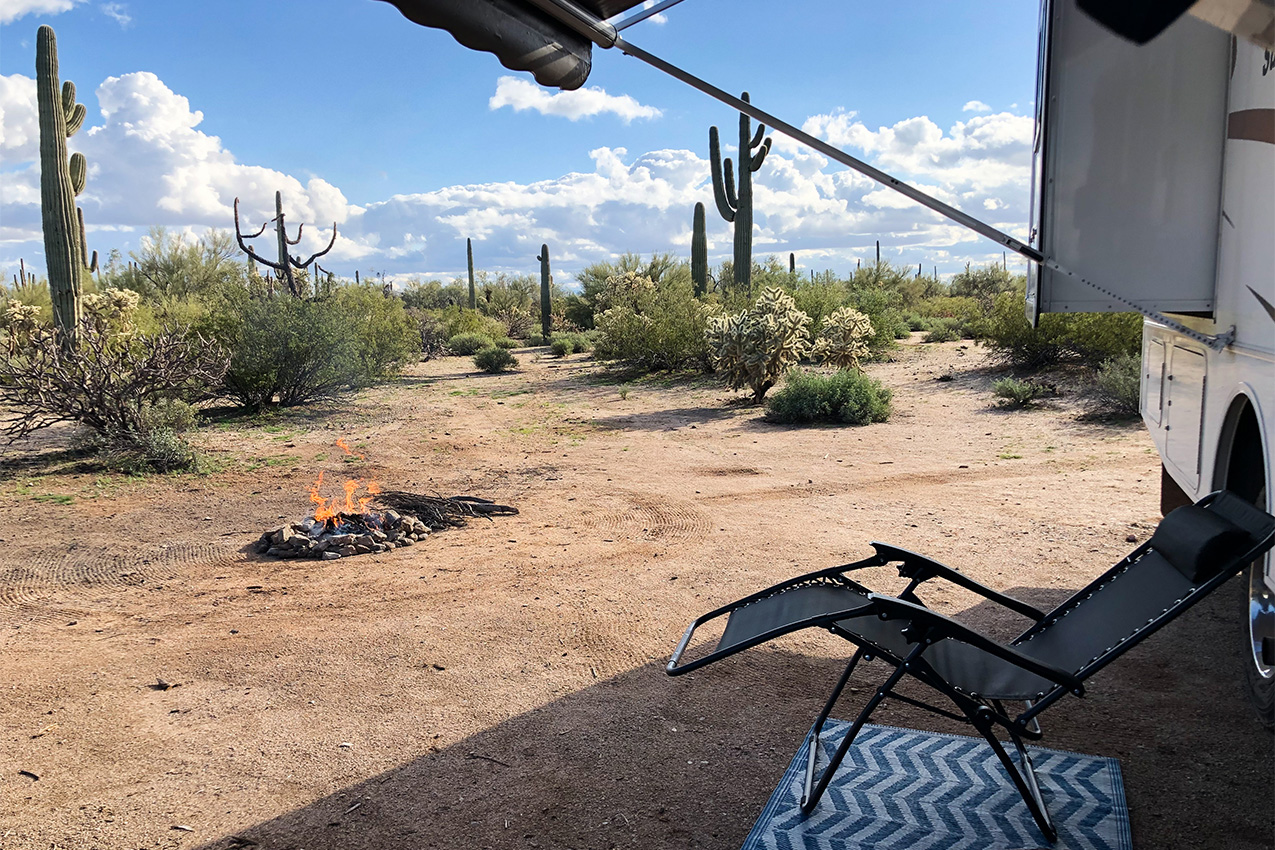
Cattle Tank Road Dispersed Camping | Red Rock, AZ – Photo by: Truebalsamhogs
Quarantine
Fully-vaccinated travelers entering the U.S. are not subject to a quarantine period. Travelers are expected to follow any local guidance for self-quarantine or other restrictions put in place by states, counties, or towns.

Additional Resources
For up-to-date information on the U.S. land border openings, visit:
